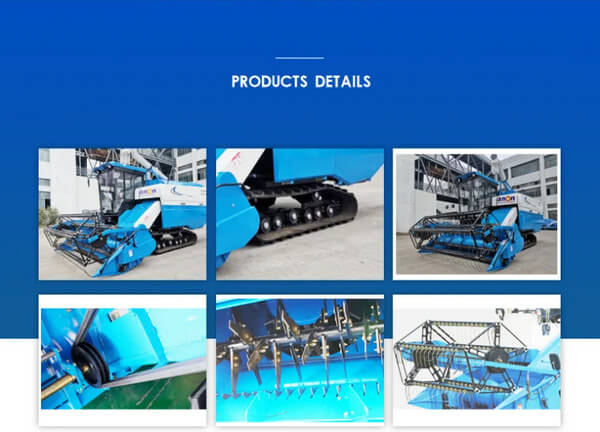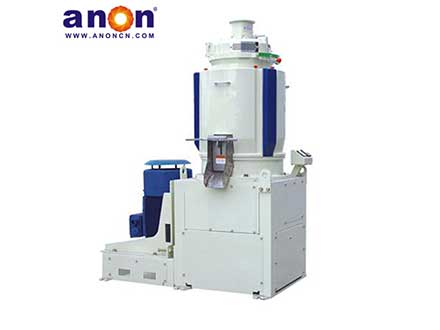Rice is one of the main food crops in my country.
The harvest season every autumn is of great significance to farmers.
For a long time, farmers have mainly relied on manual harvesting of rice, which is inefficient and labor-intensive.
Due to the high height of rice plants and lush branches and leaves,
Traditional manual harvesting is inefficient and labor-intensive.
Therefore, rice combine harvesters were developed to improve harvesting efficiency and reduce labor costs.
Now let’s discuss the uses of rice harvester.
What is a rice combine harvester
First, let’s learn more about this type of machine and let our farmer friends know what a rice combine harvester is.
The rice harvester uses is a machine that integrates cutting and bundling.
It consists of a cutting table, a conveying mechanism, a bundling device and other parts, and can continuously carry out the harvesting, transporting and bundling processes.
Compared with traditional manual harvesting, rice combine harvesters are fast and efficient.
All work from harvesting to baling is done in one process.

Farmer’s equipment for harvesting rice
In a period when the level of mechanization was low, farmers mainly used simple tools such as sickles to harvest manually.
This method is labor intensive and inefficient.
After entering the mechanization era, common rice harvesting machinery includes tractor-modified harvesters, combine harvesters, threshers, etc.
The combine harvester integrates cutting, transportation and baling;
The threshing machine can directly separate the rice grains from the rice to obtain the finished rice.
What is the function of a harvester
Next, ANON will introduce the functions of agricultural harvesters.
The main purpose of the rice harvester uses is to improve harvesting efficiency and reduce labor intensity.
Mechanized operation greatly reduces labor intensity and frees up a lot of labor.
The application of harvesting machinery not only improves agricultural labor productivity,
It also solved the problem of insufficient agricultural labor in some areas.

Rice harvester uses
Finally, what are the uses and functions of rice combine harvesters, and how can they help farmers?
Rice combine harvesters have a wide range of uses and functions.
First of all, it can be applied to various types of rice fields, including large fields, small fields and mountain fields.
Secondly, the combine harvester can flexibly adjust the harvesting height.
Adapt to the harvesting needs of rice plants at different growth stages.
In addition, the combine harvester also has functions such as automated harvesting, threshing and transportation.
Greatly improve the efficiency and quality of harvesting.
Rice harvester mainly have the following uses and functions:
Continuous operation, the entire harvesting process is fully mechanized, from harvesting to bundling in one go;
Efficient harvesting, smooth bunching, and one-time bundling, the efficiency is far higher than manual labor;
It can adapt to the harvesting of different varieties of rice and has strong flexibility;
Achieve pre-cleaning of rice and reduce the impact of impurities on subsequent seed production;
It is easy to operate and can greatly reduce agricultural labor intensity.
Summarize
With the development of agricultural mechanization, the application prospects of rice combine harvesters are very broad.
The popularization of rice combine harvesters will greatly improve the efficiency and quality of rice harvesting.
Reduce harvesting costs and promote the development of rice production.
In short, the use of rice combine harvesters can greatly improve harvesting efficiency and quality and reduce farmers’ labor costs.
If you are considering purchasing a rice harvester, we recommend that based on your needs and budget,
Choose a machine that suits you and perform regular maintenance and upkeep.
If you have any questions about our harvester equipment, you can leave a message online for details.
I believe we will provide you with a satisfactory solution.




